-
The Corvette started out as a modestly powerful convertible
-
It has grown in power and performance through eight generations
-
The first V-8 arrived for 1957
-
The C8 marked the first mid-engine layout
Since 1953, the Chevrolet Corvette has claimed the title of America’s sports car. It has evolved through eight generations into more than just a sports car, though. With its mid-engine design and variety of wild powertrains, the Corvette is now an American exotic that performs like a supercar at much lower prices. Loaded with scoops, vents, and wings, it’s overly bold like an American, but it also has the goods to back up its looks.
The Corvette didn’t start out so confident. It arrived as a 6-cylinder ragtop that placed style over performance. It set the benchmark for design in its second generation while also adding performance variants that are revered today, then muddled through the malaise era of the 1970s with little power. The C4 Corvette marked a return to performance, though perhaps without the best build quality. The C5, C6, and C7 Corvettes all evolved a common design into the best performing front-engine car GM ever built. But that wasn’t enough, prompting the switch to a mid-engine design with the C8 Corvette that makes it the world-class car it is today.
Let’s look at the cars that pushed the Corvette forward in quality and performance over those eight generations.
1953 Chevrolet Corvette
1953 Chevrolet Corvette
The Corvette debuted as a concept car in January 1953 at the GM Motorama in New York, and the first production car rolled off the line on June 30 of that year. Only 300 Corvettes were built that first year, mostly by hand due to difficulties in forming the fiberglass bodies, and all were Polo White with Sportsman Red interiors. Under the hood the Corvette featured a 235-cubic-inch inline-6 that sent its 150 hp and 223 lb-ft of torque through a 2-speed Powerglide automatic transmission. With a 0-60 mph time of about 11 seconds, the 1953 Corvette wasn’t really a world beater, but it was stylish.
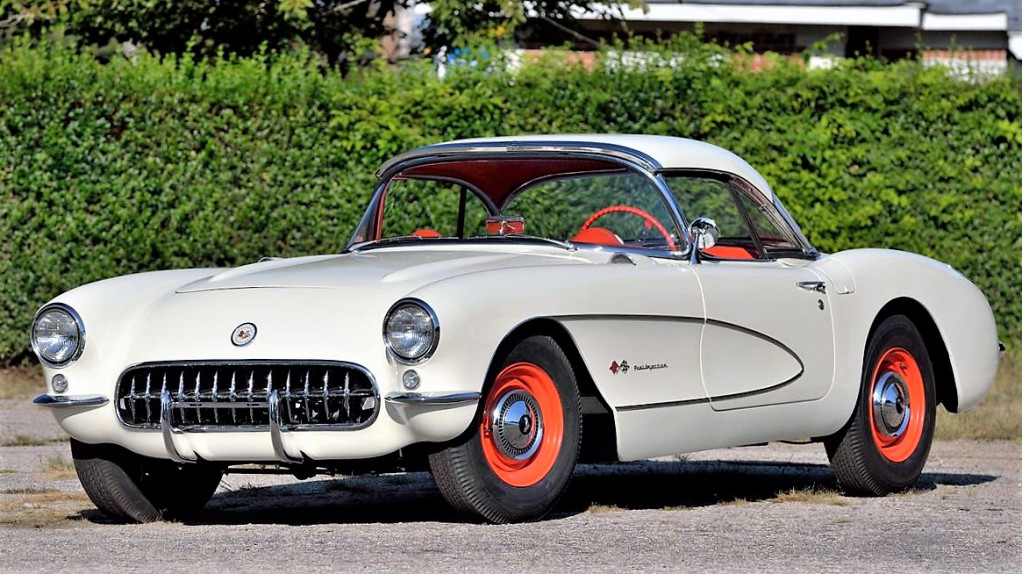
1957 Corvette is a Big Brake Airbox version
1957 Chevrolet Corvette
GM design chief Harley Earl tweaked the styling for 1956, adding the side coves that would define the ’50s Corvettes. However, the car really came into its own in 1957, thanks to a larger engine with the ‘Vette’s first fuel-injection system. The 283-cubic-inch V-8 now made as much as 283 hp, and starting midyear it was offered with a 4-speed manual transmission for the first time. In a Road & Track magazine test, a 1957 Corvette 283 “fuelie” vaulted from 0-60 mph in just 5.7 seconds.
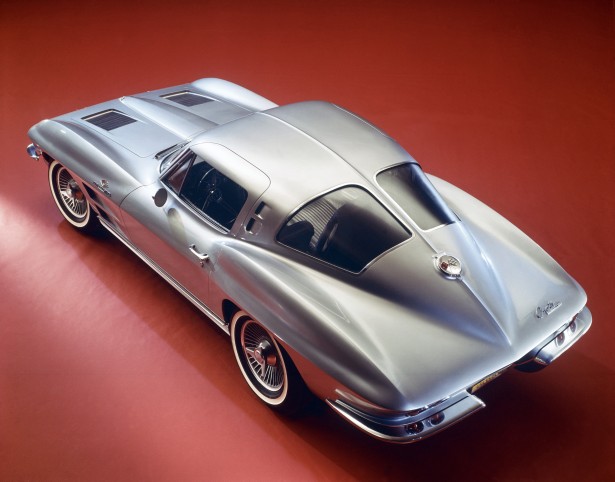
1963 Chevrolet Corvette
1963 Chevrolet Corvette Sting Ray
The Corvette’s first complete redesign came in 1963, when it became the Corvette Sting Ray. The C2 Corvette added its first coupe body style—the stunning split-window design—as well as an independent rear suspension and air conditioning. The 327-cubic-inch V-8 made as much as 360 hp when ordered with fuel injection. The first big-block Corvette arrived for 1965 in the form of the 425-hp 396-cubic-inch V-8. The split-window version lasted only one year due to complaints about visibility, but the coupe body style was here to stay, and the 1963-67 Corvettes would go down as the most beautiful in the marque’s history.
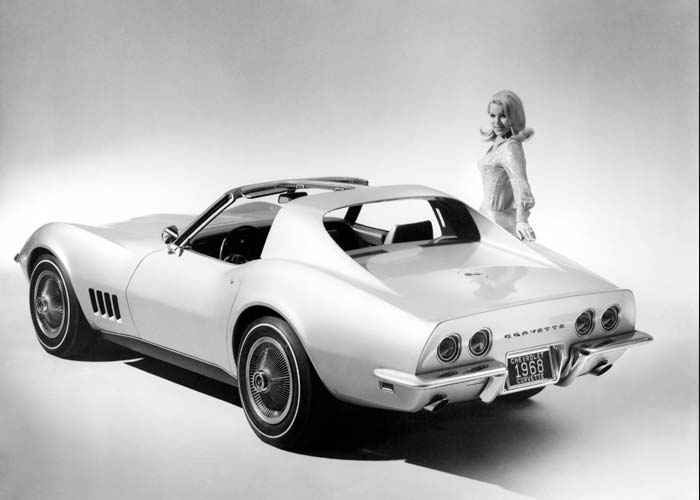
1968 Chevrolet Corvette
1968 Chevrolet Corvette
After only five model years, the Corvette was redesigned again for 1968, and the so-called C3, or “Shark,” generation would keep that same basic design until 1982. The new car introduced the semi-open T-top roof, a 3-speed HydraMatic automatic transmission, and more creature comforts than before, making the Corvette feel more like a grand tourer than a pure sports car. Built at the peak of muscle car performance, the 1968 Corvette was available with as much as 430 hp in the L88 package, though the real number was likely much higher.
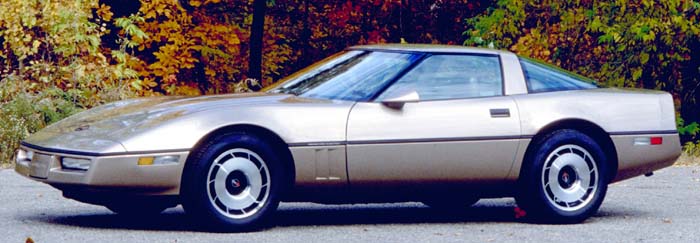
1984 Chevrolet Corvette
1984 Chevrolet Corvette
After the C3’s 15-year run (there was no 1983 Corvette), the C4 ‘Vette of 1984 was long overdue. The new Corvette was shorter and wider than the outgoing car, giving it a truer sports car shape. Under the fiberglass skin, the ladder frame gave way to a lighter C-shaped backbone. A birdcage-style structure was welded to the backbone, making the C4 the first unibody Corvette. Handling was improved, but the 350-cubic-inch V-8 made only marginal strides with 205 hp and 290 lb-ft of torque. Inside, the look was high-tech with digital gauges. The car was certainly modern for the day, but it hasn’t aged all that well.
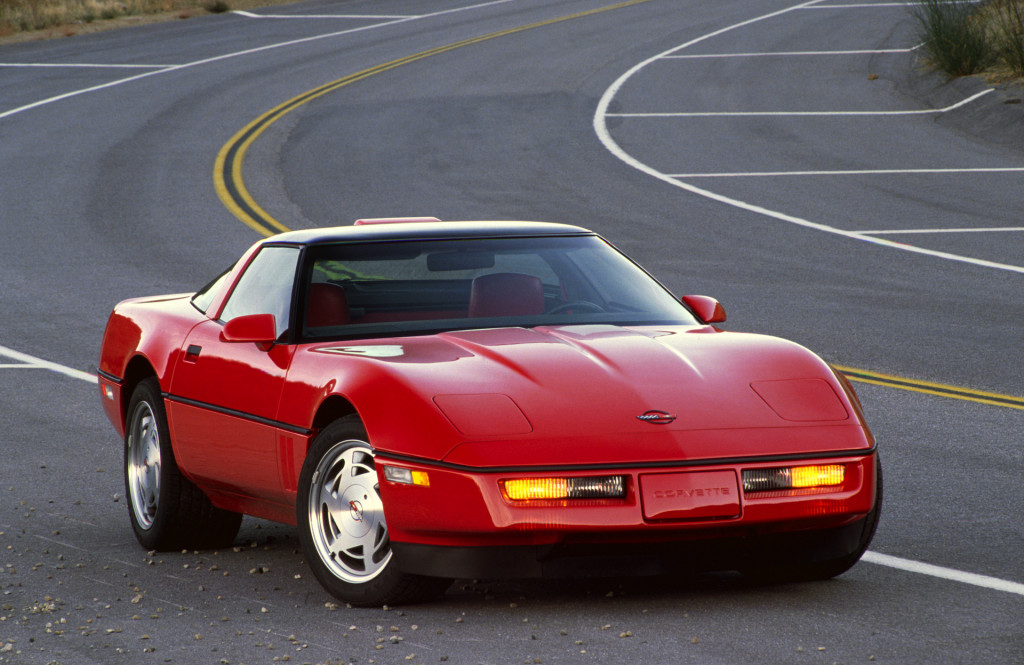
1990 Chevrolet Corvette ZR1
1990 Chevrolet Corvette ZR-1
Chevrolet developed the ZR-1 as an attempt to compete with Italian supercars. The most sophisticated Corvette to date, the ZR-1 was powered by the high-tech LT5 V-8. Developed with Lotus and built by Mercury Marine, this 5.7-liter V-8 featured dual-overhead cams and four valves per cylinder. It put out 375 horses and launched the car from 0-60 mph in just 4.9 seconds. Offered only as a hatchback coupe, the Corvette ZR-1 also used the Z51 handling package, larger brakes, and wider rear tires. It remained in production until 1995 and would return in 2009.
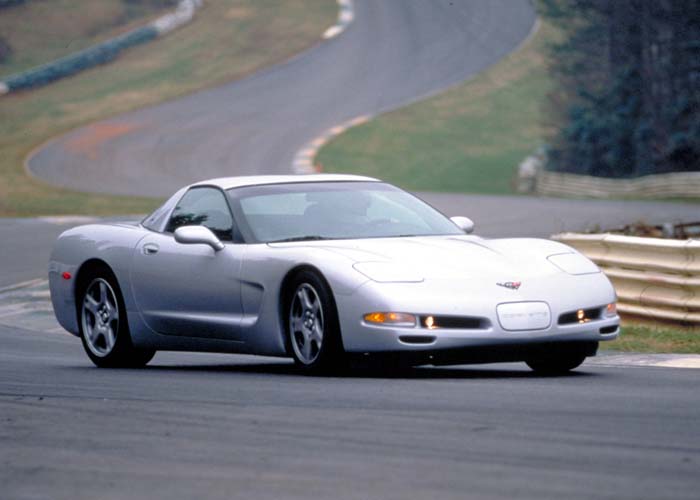
1997 Chevrolet Corvette
1997 Chevrolet Corvette
After years of uninspired design and performance, the Corvette took a big leap forward with its fifth generation. The C5 Corvette was a higher quality car than the one it replaced, and performance was much better both in a straight line and through the turns. A new all-aluminum LS1 5.7-liter V-8 boosted output from 330 to 345 hp and dropped the 0-60 mph time from 5.1 to 4.8 seconds. The new rear transaxle improved weight balance, and the new perimeter frame chassis was stronger than in previous ‘Vettes. Only a hatchback coupe was offered for 1997, The convertible returned for ’98.
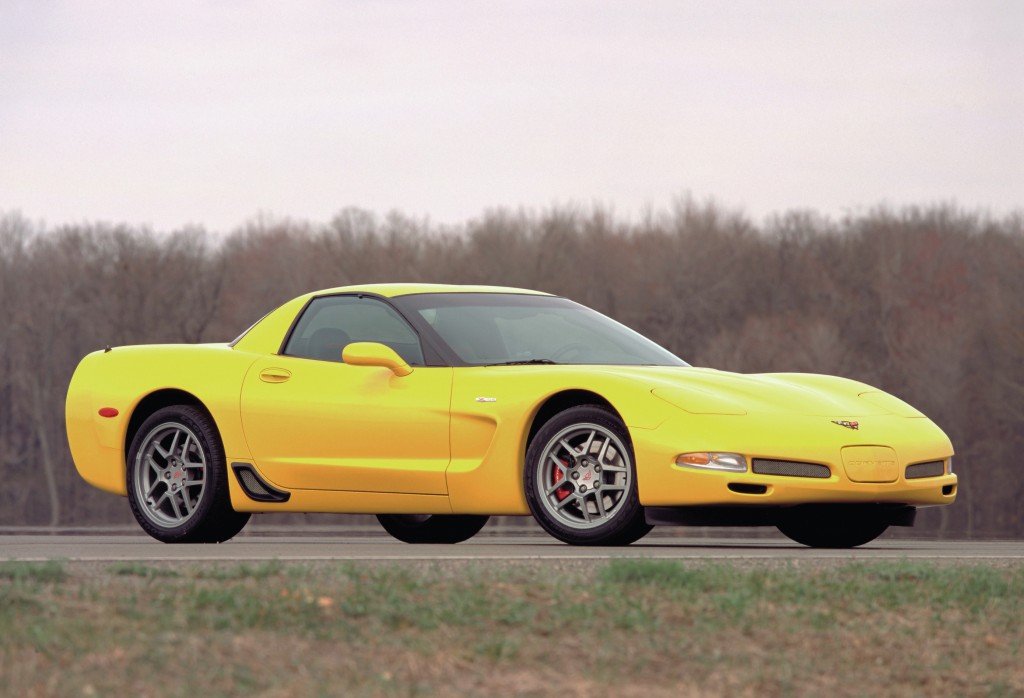
2001 Chevrolet Corvette Z06
2001 Chevrolet Corvette Z06
Named after a racing-oriented option package from the 1960s, the Z06 debuted in 2001 as the pinnacle of Corvette performance. It featured the LS6 5.7-liter V-8 that made 385 hp. Car and Driver put up a 4.3-second 0-60 mph time. Offered only as a lightweight notchback coupe body style (due to its increased body rigidity), the Z06’s performance was further improved by a stiffer suspension and sticky Goodyear tires designed specifically for the car. For 2002, the LS6 added another 20 hp to cut the 0-60 mph time to a claimed 3.9 seconds, though the magazines of the day couldn’t break the four-second barrier.
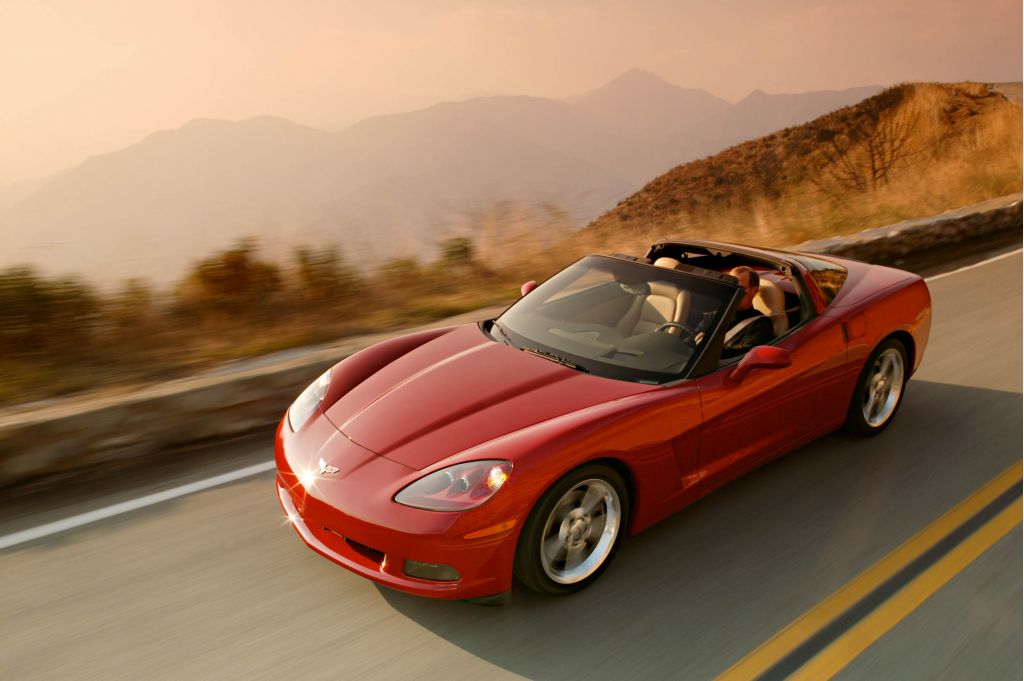
2005 Chevrolet Corvette Convertible
2005 Chevrolet Corvette
Unveiled at the 2004 Detroit auto show, the C6 Corvette wasn’t all-new but it was quite different and more refined than the C5. Despite a slightly longer wheelbase, it was 5.1 inches shorter and an inch wider. Styling, while not retro, was influenced by the 1963-67 Corvette and the F/A-22 Raptor fighter jet. The structure still used the C5’s uniframe design, but it was strengthened and the central torque tube was made from aluminum. Under the hood, the new small-block V-8 grew from 5.7 to 6.0 liters and output rose from 350 to 400 hp and later to as much as 436 hp.
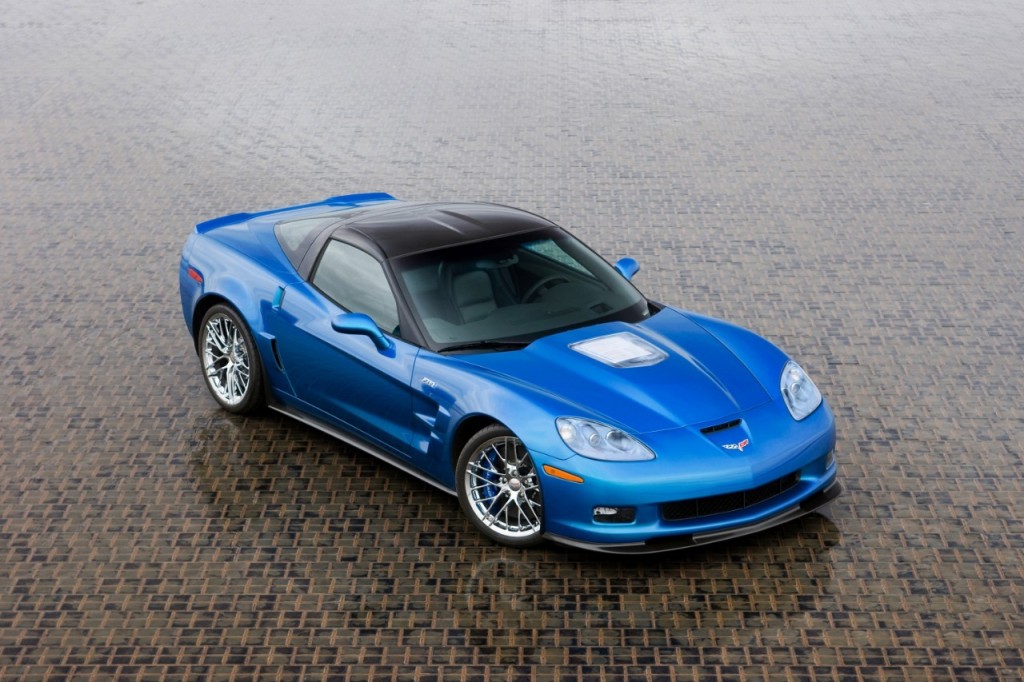
2009 Chevrolet Corvette ZR1
2009 Chevrolet Corvette ZR1
The Z06 returned as a C6 model for the 2006 model year, and it featured a 7.0-liter V-8 that made 505 hp. In 2009, however, Chevrolet topped it with the fastest production Corvette yet, the reborn ZR1. The 2009 Corvette ZR1 used carbon-fiber body panels and aluminum suspension components to cut weight, and magnetic dampers (called Magnetic Ride Control) to improve handling. Powered by the supercharged LS9 6.2-liter V-8 that cranked out 638 hp, the ZR1 sprinted from 0-60 mph in 3.5 seconds and topped out at a stratospheric 205 mph. The ZR1’s story would be repeated two more times.
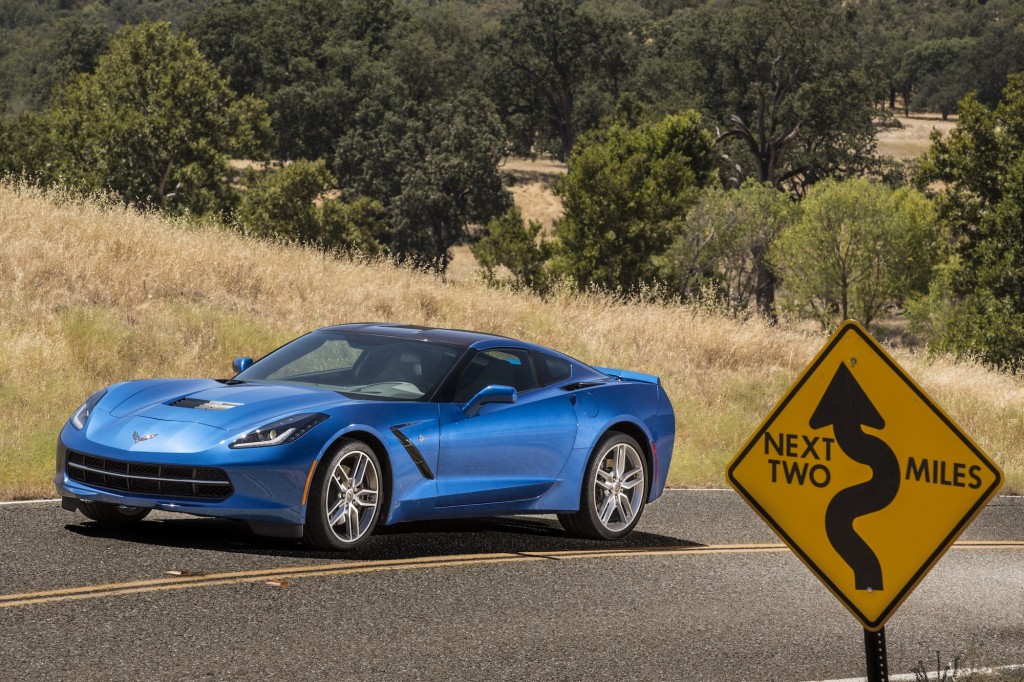
2014 Chevrolet Corvette Stingray first drive
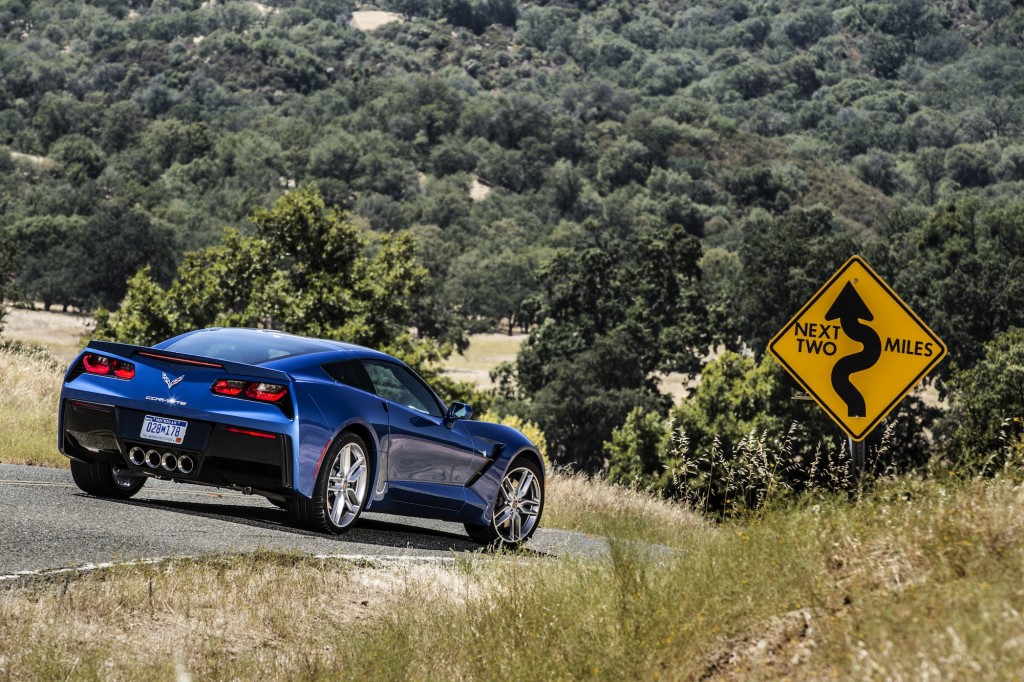
2014 Chevrolet Corvette Stingray first drive

2014 Chevrolet Corvette Stingray Convertible
2014 Chevrolet Corvette
Chevrolet unveiled the C7 Corvette at the 2013 Detroit auto show, reviving the Stingray name for the first time since 1976. As it had for generations, Chevrolet employed a lot of technology to make sure the C7’s performance improved. An aluminum frame and a carbon-fiber hood and roof helped cut 150 pounds total, and the new LT1 6.2-liter V-8 increased its base output to 450 hp. The 0-60 mph run took four seconds flat, and the available magnetic dampers improved both ride quality and agility. Better interior materials could be found inside the 2014 Chevrolet Corvette, and the car continued on its upward path of refinement.
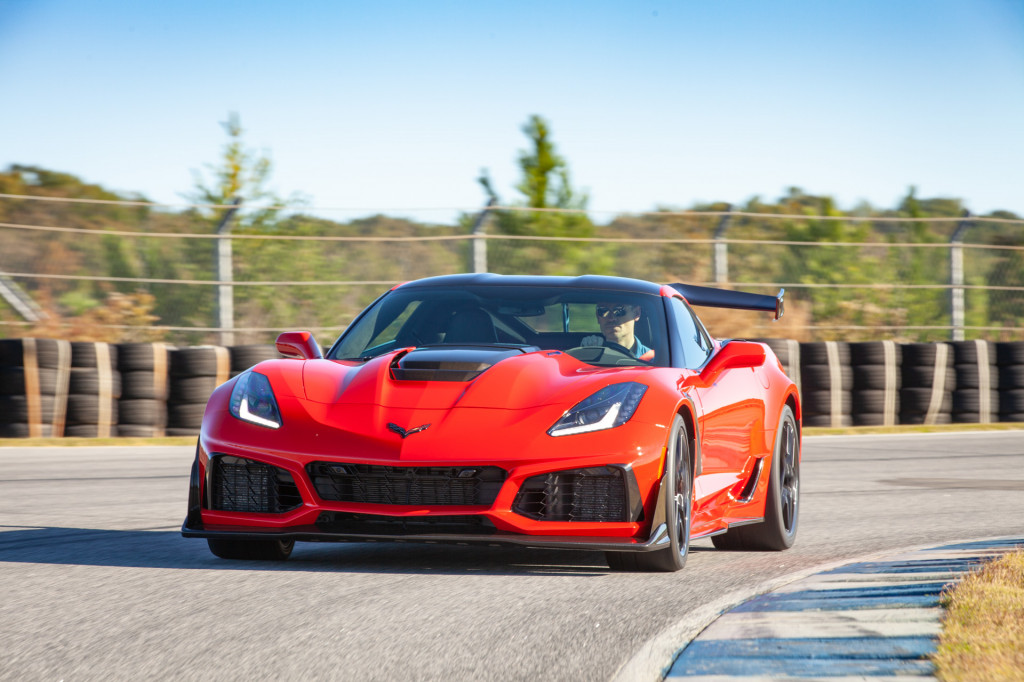
2019 Chevrolet Corvette ZR1
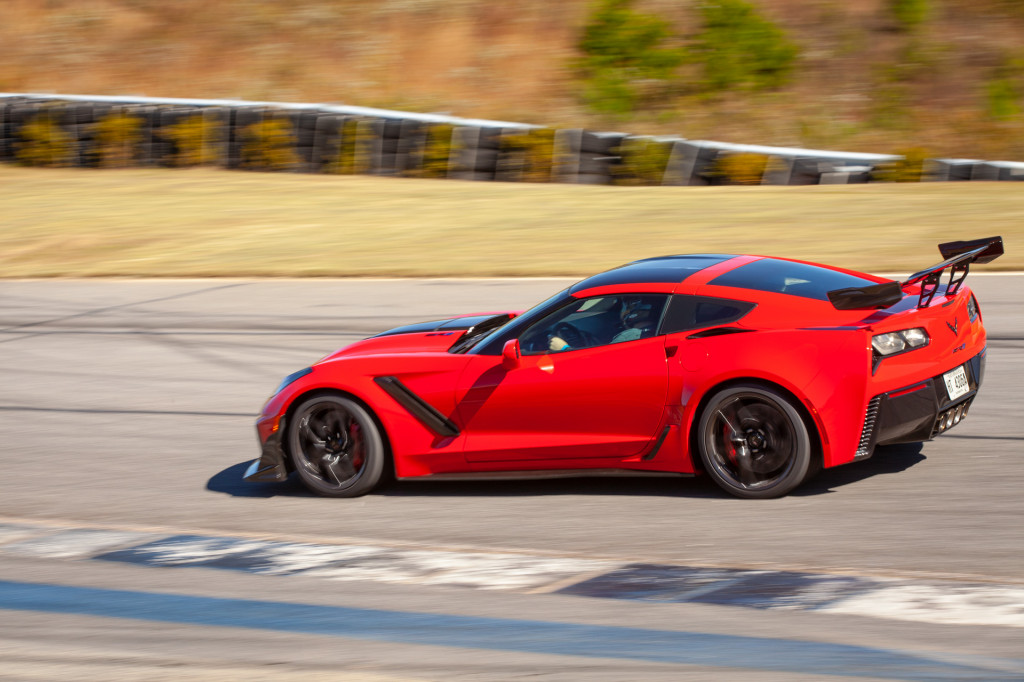
2019 Chevrolet Corvette ZR1
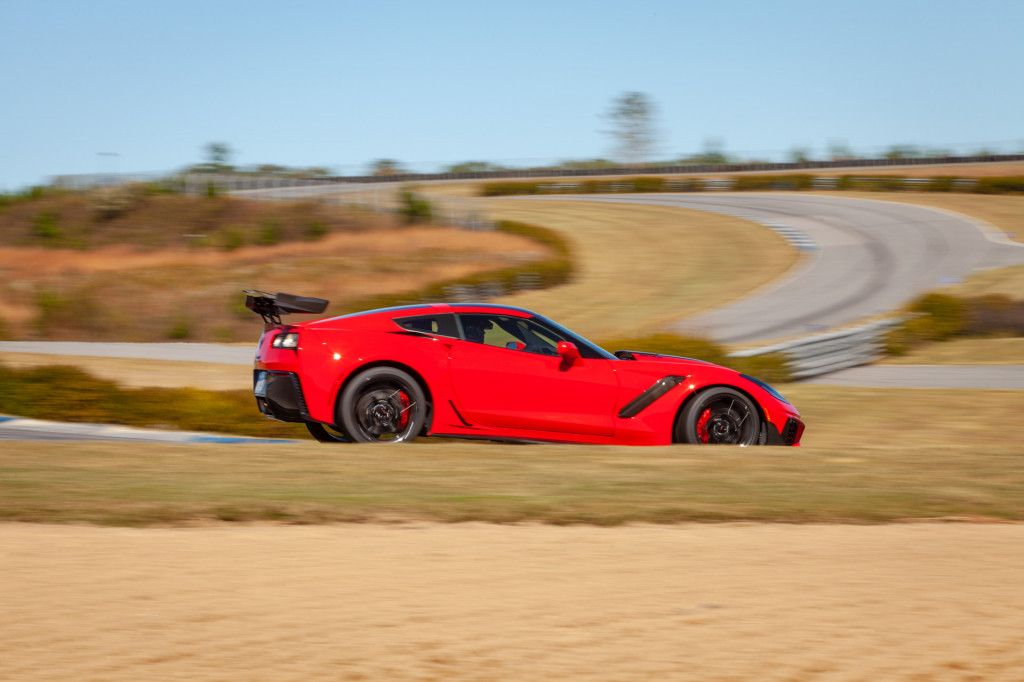
2019 Chevrolet Corvette ZR1
2019 Chevrolet Corvette ZR1
Chevrolet released a 650-hp Corvette Z06 for the C7 generation, but the alpha dog arrived in 2019 as a last hurrah for the front-engine Corvette. It was the ZR1 and it used the LT5 supercharged 6.2-liter V-8 that made 755 hp and 715 lb-ft of torque. The engine unlocked supercar performance numbers: 0-60 mph in 2.85 seconds, a 10.6-second quarter mile, and a 212-mph top speed. A 2.65-liter supercharger sent 14 psi of boost into the engine to make all that power, and the supercharger itself was so big a new carbon-fiber hood scoop was needed to clear it. A ZTK Performance Package for the Corvette ZR1 improved performance even more with a stanchion-mounted adjustable carbon-fiber wing, Michelin Pilot Sport Cup 2 tires, and a performance suspension. GM was disappointed in the ZR1’s blazing 7:04 Nürburgring time, claiming a 6:57 was possible if not run on cold tires. Still, a big change was needed to unlock more performance.
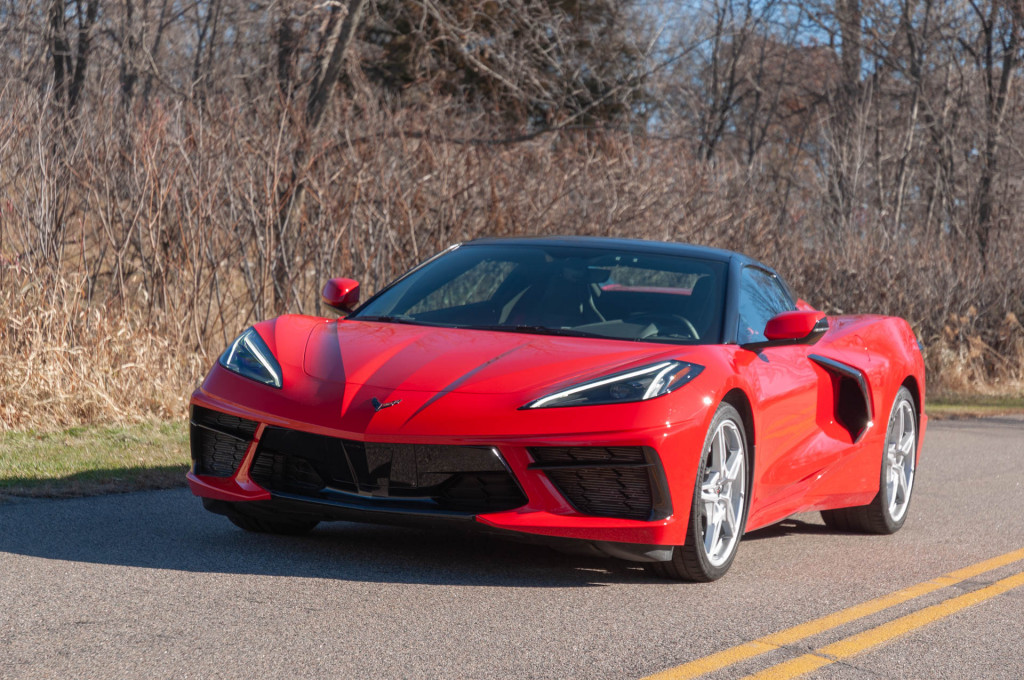
2020 Chevrolet Corvette convertible
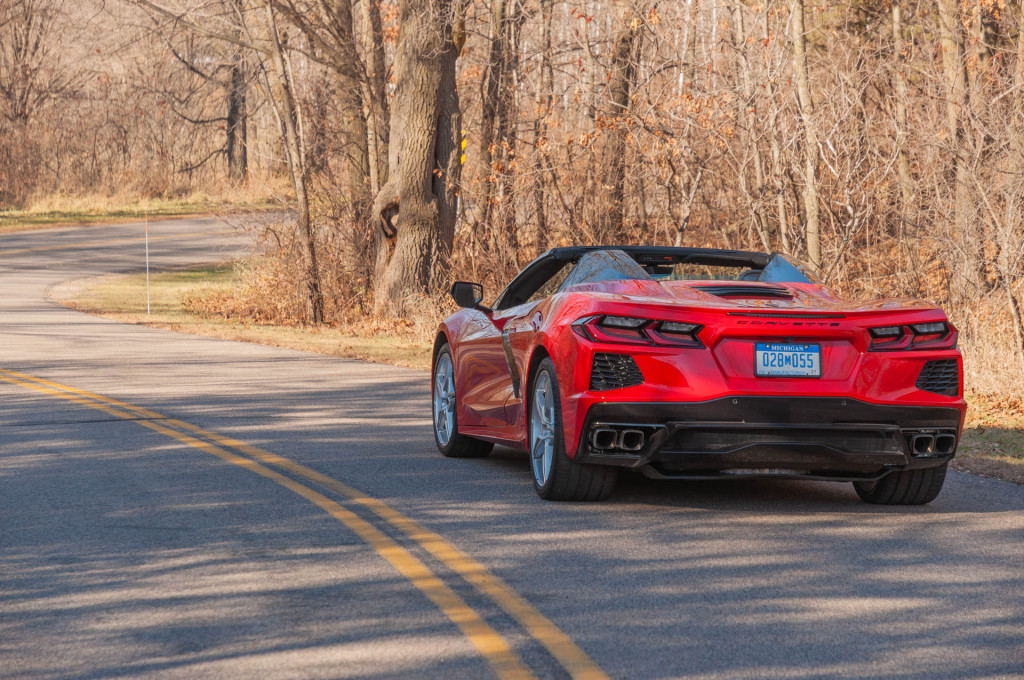
2020 Chevrolet Corvette convertible
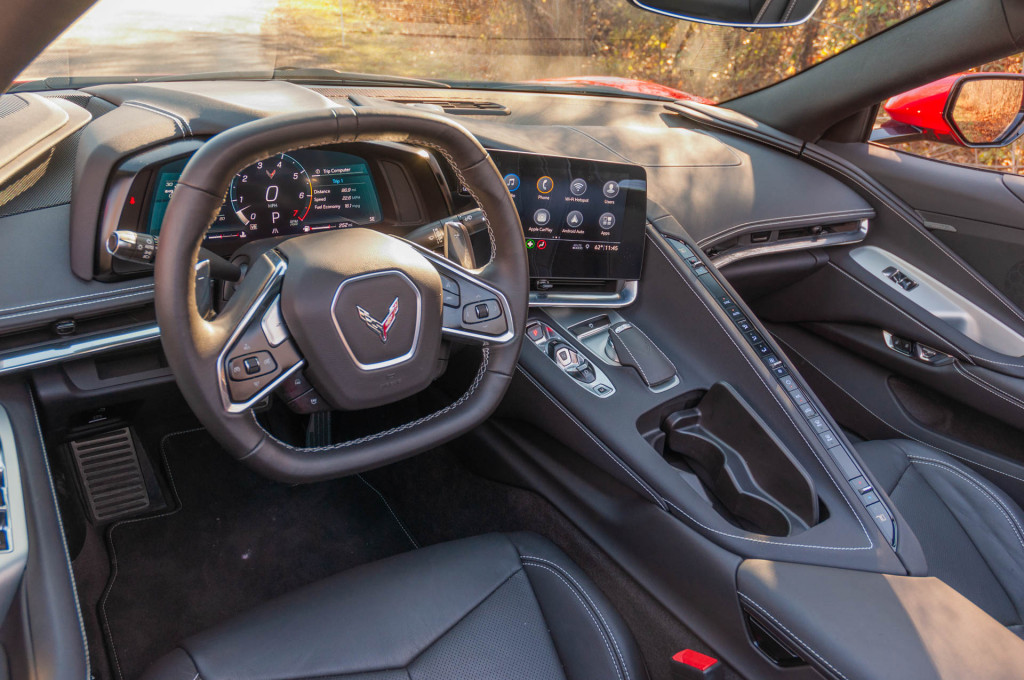
2020 Chevrolet Corvette convertible
2020 Chevrolet Corvette
Since the 1950s, Chevrolet considered building a mid-engine Corvette. The Corvette Indy Concept of 1986 was an effort to study the styling and engineering of just such a car, but the real thing didn’t debut until the 2020 model year. The change not only moved the engine back but the cockpit forward. It changed the weight balance to 40:60 front-to-rear and helped the car hook up much better off the line. The 2020 Chevrolet Corvette debuted with the LT2 6.2-liter V-8 making as much as 495 hp when ordered with the performance exhaust or the Z51 Performance Package. With 260 fewer horses, the C8’s 2.9-second 0-60 mph time was just 0.05 second slower than the outgoing ZR1’s, a testament to the advantages of the new weight balance. For performance enthusiasts, the Z51 package was definitely the way to go, as it also added an electronic limited-slip differential, bigger brakes, stickier Michelin Pilot Sport 4S tires, better cooling, and a performance suspension. The change to the mid-engine layout also improved track times as a Z51-equipped C8 beat the C7 Corvette Stingray by 4.8 seconds in Car and Driver Lightning Lap testing.
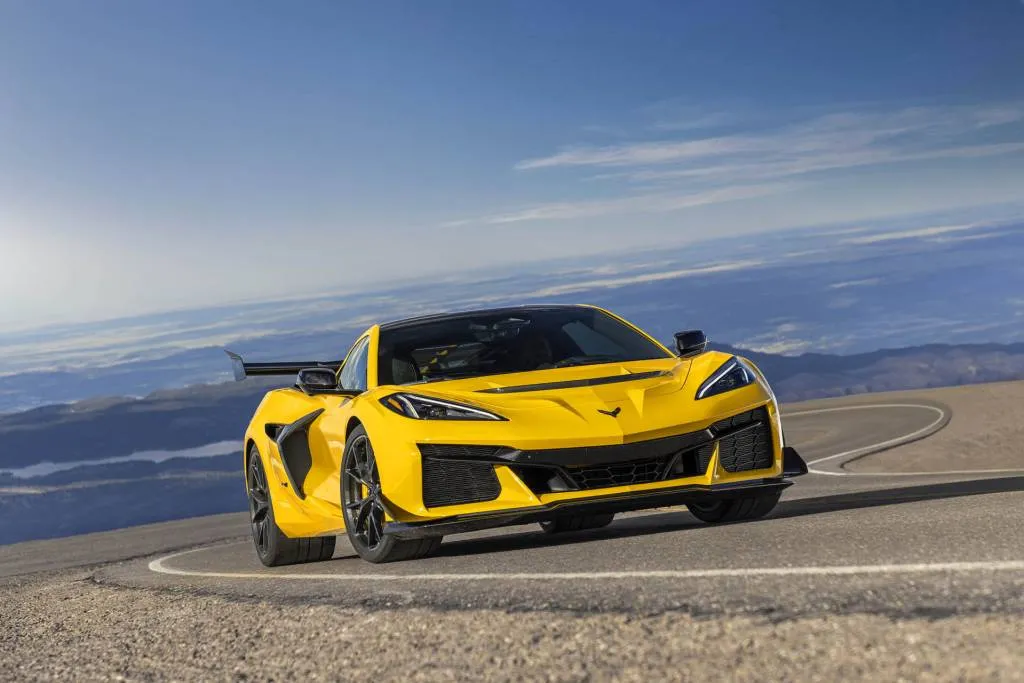
2025 Chevrolet Corvette ZR1
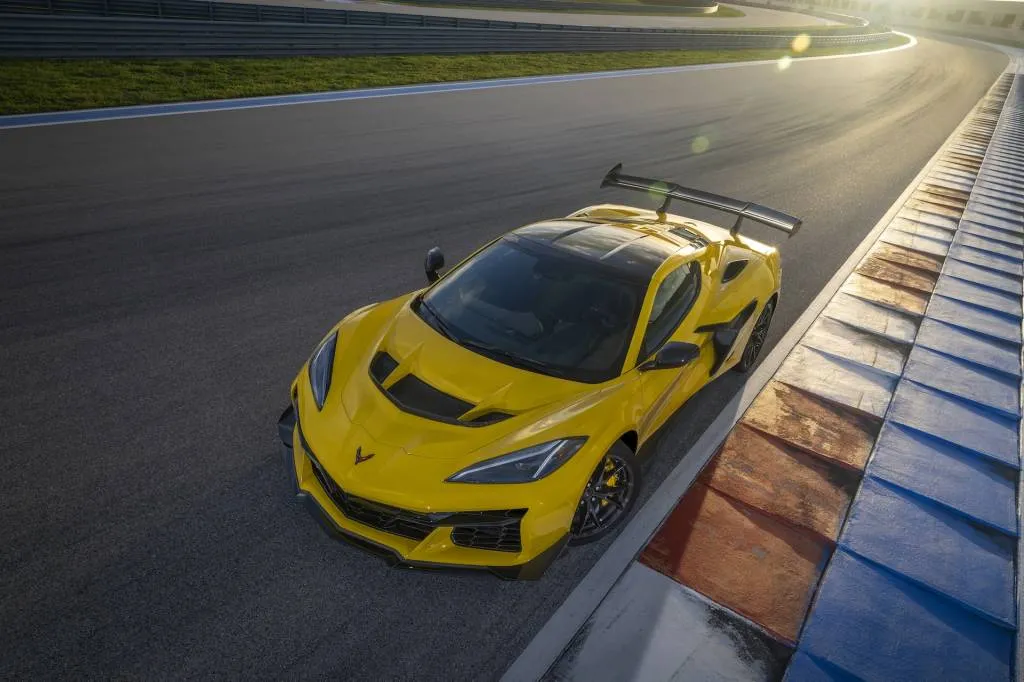
2025 Chevrolet Corvette ZR1
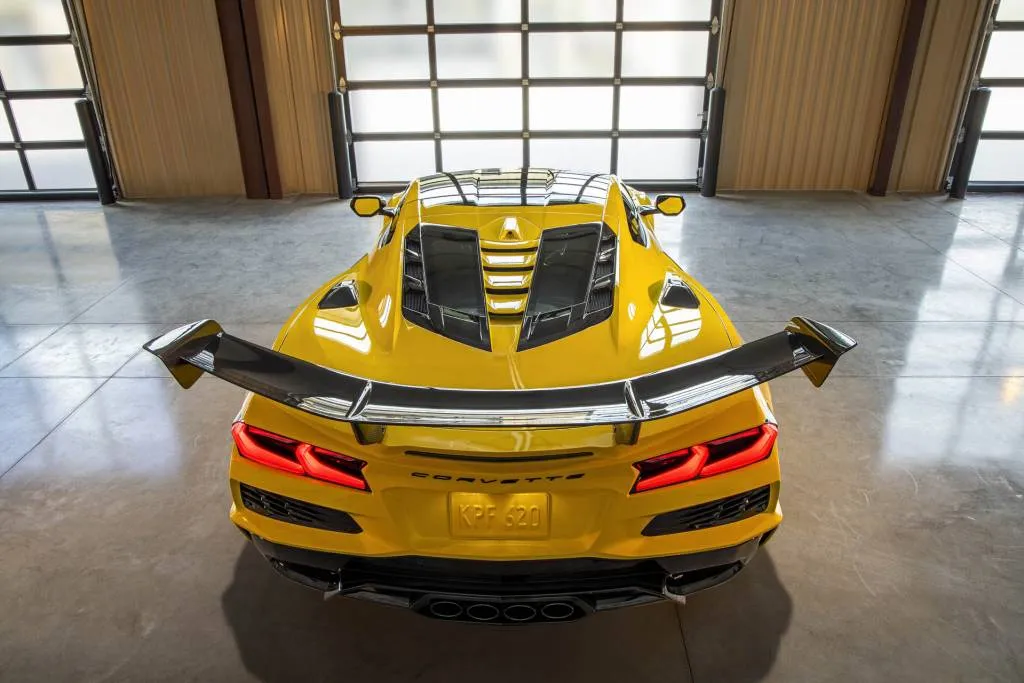
2025 Chevrolet Corvette ZR1
2025 Chevrolet Corvette ZR1
Chevrolet just keeps improving the power of the C8 Corvette. First there was the C8 Z06 with its LT6 670-hp flat-plane crank 5.5-liter V-8, then the E-Ray that adds a 164-hp electric motor to the standard V-8 for a total of 655 hp and all-wheel drive. Now Chevy slaps twin turbos on the LT6 to make the LT7 with a whopping 1,064 hp in the 2025 Corvette ZR1. The redline drops from 8,600 rpm in the Z06 to a still-high 8,000 rpm in the ZR1, and the engine had to be beefed up to handle the additional power. The car also required more cooling, so it has 15 heat exchangers, a flow-through hood, and additional vents atop the rear fenders of the coupe. Performance numbers aren’t in yet, but Chevy promises a 9.7-second quarter-mile time and a top speed in excess of 215 mph. A ZTK Performance Package improves performance further with a big carbon-fiber rear wing, front dive planes, a hood Gurney lip, and strakes underneath to create more than 1,200 pounds of downforce. It also gets Michelin Pilot Cup 2R tires to grip the pavement like slicks. We can’t wait to drive it, but it will also be surpassed by the forthcoming Corvette ZR1 that will team the LT7 with the E-Ray’s motor for more than 1,200 hp and all-wheel drive.


